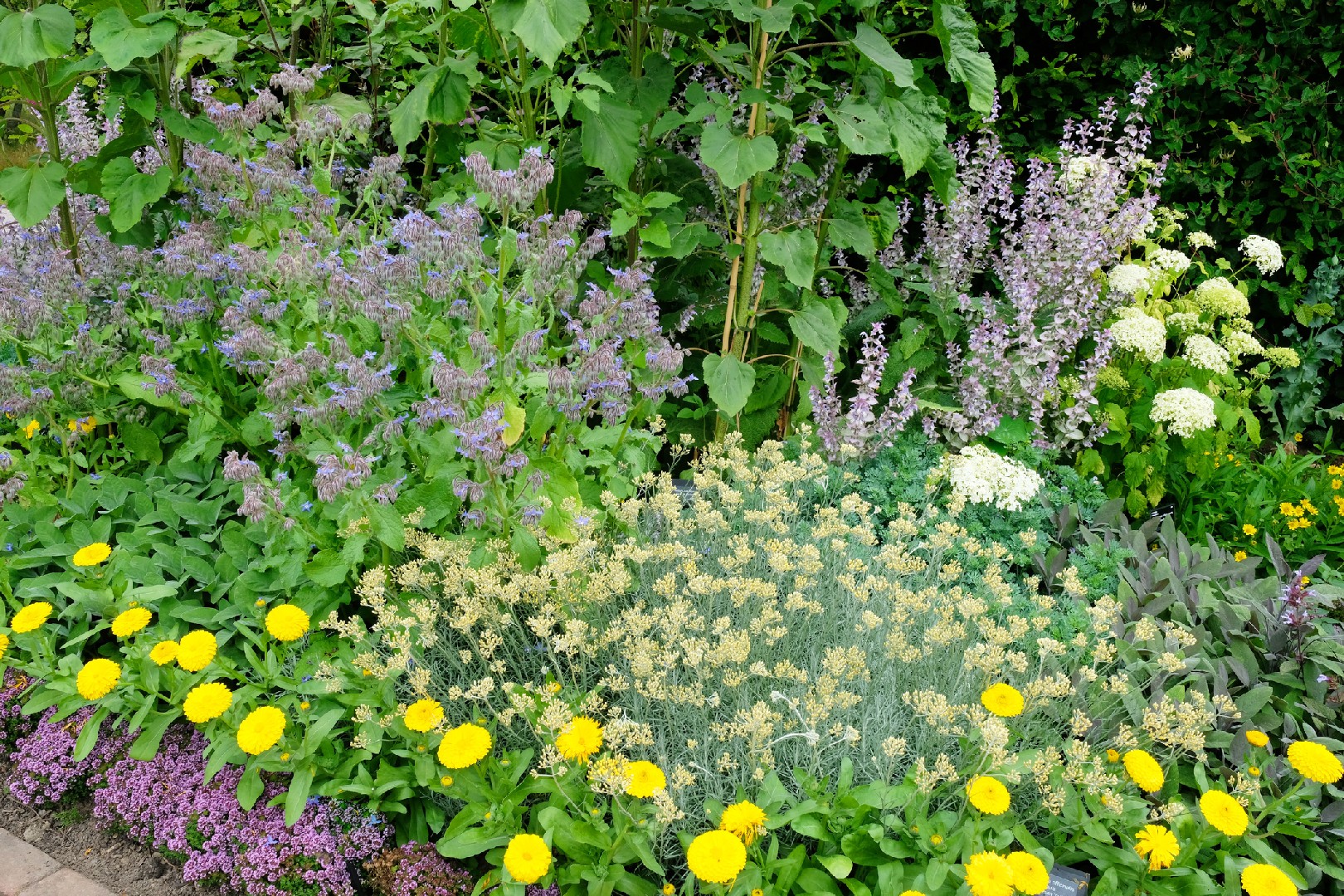![Rectangle]()
Understanding Perennials and Annuals
Perennials and annuals are two types of plants commonly used to create dynamic and vibrant gardens. Understanding the characteristics and benefits of these plants is essential for designing an aesthetically pleasing and thriving garden.
Perennials are plants that live for more than two years, and they are an excellent choice for adding structure and longevity to a garden. One of the main advantages of perennials is their long lifespan. Once planted, they will continue to grow and bloom year after year, providing beauty and color to the garden. Additionally, perennials offer a wide range of bloom times, with different varieties flowering in spring, summer, or fall. This diversity of bloom times ensures that there will always be something in bloom throughout the growing season.
To create a dynamic garden using perennials, it is important to consider their varying heights, colors, and textures. By selecting a mix of tall, medium, and low-growing perennials, you can create layers of visual interest in your garden. Additionally, combining perennials with different bloom times can extend the flowering period and keep the garden looking vibrant.
On the other hand, annuals are plants that complete their life cycle within one year. These plants are known for their bold colors, flexibility, and seasonal vibrancy. One of the advantages of annuals is their ability to produce abundant flowers and foliage in a relatively short period of time. This makes them a great choice for filling in gaps between perennials or adding bursts of color to specific areas of the garden.
When incorporating annuals into your garden, consider their specific growing requirements and choose varieties that thrive in your climate and soil conditions. Annuals can be planted from seeds or purchased as seedlings, giving you flexibility in terms of when and how you want to incorporate them into your garden design.
To create a dynamic garden that combines perennials and annuals, you can use the layering technique. Begin by selecting a mix of perennials and annuals that complement each other in terms of height, color, and bloom time. Plant taller perennials at the back of the garden bed or border, followed by medium-height perennials and then annuals at the front. This layering technique creates depth and visual interest, with the tallest plants serving as a backdrop for the others.
In conclusion, understanding the characteristics and benefits of perennials and annuals is key to creating a dynamic garden. By selecting a mix of perennials and annuals with different heights, colors, and bloom times, you can design a garden that is visually appealing, long-lasting, and vibrant. Consider the specific growing requirements of each plant and employ the layering technique to create layers of visual interest in your garden. With these methods and skills, you will be well-equipped to create a stunning and dynamic garden that will bring joy and beauty year after year.





